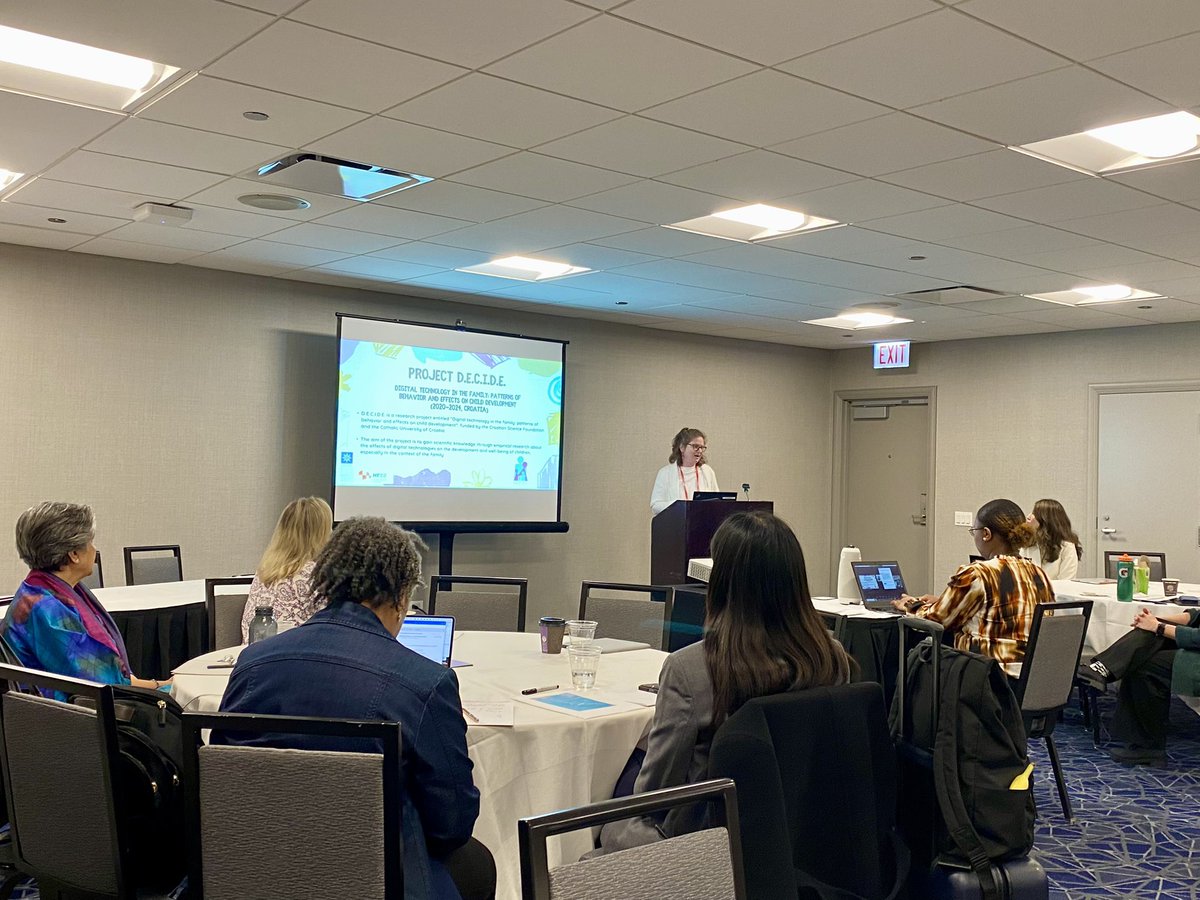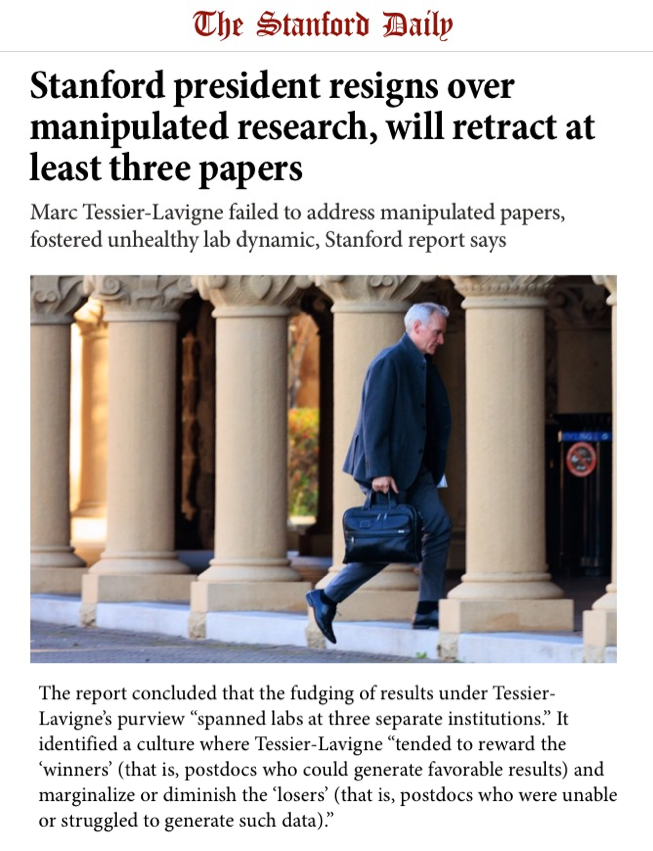
Kendra J Thomas
@kendrajthomas
Brazilian-American developmental scientist and writer, prof @hopecollege. Investigating hope and justice and committed to using academia for good.
ID: 1505876375500214272
21-03-2022 11:58:15
113 Tweet
139 Followers
224 Following


Leaving ISJR Munich 2023 today after an incredible conference. Thank you all for such stimulating conversation! I learned so much The International Society for Justice Research





3-Minute-Read “Children in classrooms with a more positive climate felt a greater sense of social responsibility.” Kendra J Thomas #EdChat #EduTwitter #SocialEmotionalLearning bold.expert/reducing-aggre…

Parents who believe their children can have a better future are more likely to read and play with them Thank you John Templeton Foundation for believing in this project! iThemba Projects theconversation.com/parents-who-be… via The Conversation Africa

Hope is a virtue, a committed decision, not a feeling − just look at MLK’s example theconversation.com/hope-is-not-th… via The Conversation U.S. Thank you John Templeton Foundation and iThemba Projects for your partnership

Justice is central to moral development. Over the past 10 years I've read and collected data on justice beliefs in child development. After having two children, here are some of my reflections. Thank you Scientific American and Joseph Fridman for working with me! scientificamerican.com/article/why-yo…

Velma McBride Murry on how the global scholars program Society for Research on Adolescence started, Lixian Cui on the special issue of JRA focusing on decolonial developmental science and flash talks from scholars around the world #SRA2024


I'll be in Canada sharing my conceptual framework and research from an upcoming book on youth, identity development, restorative justice, and peace education. Thanks to Concordia University & McGill University for the invitation, and Holly Recchia for hosting. Check it out eventbrite.ca/e/speaker-seri…



We often think of emotions as the brain's reactions to outside stimuli — like how that first sip of coffee in the morning sparks joy. But neuroscientist Lisa Feldman Barrett debunks this myth. See why in this article by @cocove_samantha: templeton.org/news/the-scien…



.David Myers, former board member and professor of psychology at Hope College, explains how our funding helped jumpstart research on #forgiveness. See some of the results here: bit.ly/49a8jQU


Today I’m reading about how culture guides what infants see. Babies in Kyoto were more likely to pay attention to the scenery while infants in Vienna looked at the objects. A fascinating example of social and sensory combined! Anna Bánki 🌻 Stefanie Hoehl direct.mit.edu/imag/article/d…

Excited to see the first paper published on the IThemba Hope for Parents study! Just in time to present APA Convention tomorrow! thank you to wonderful collaborators Kristin Valentino iThemba Projects link.springer.com/article/10.100…

